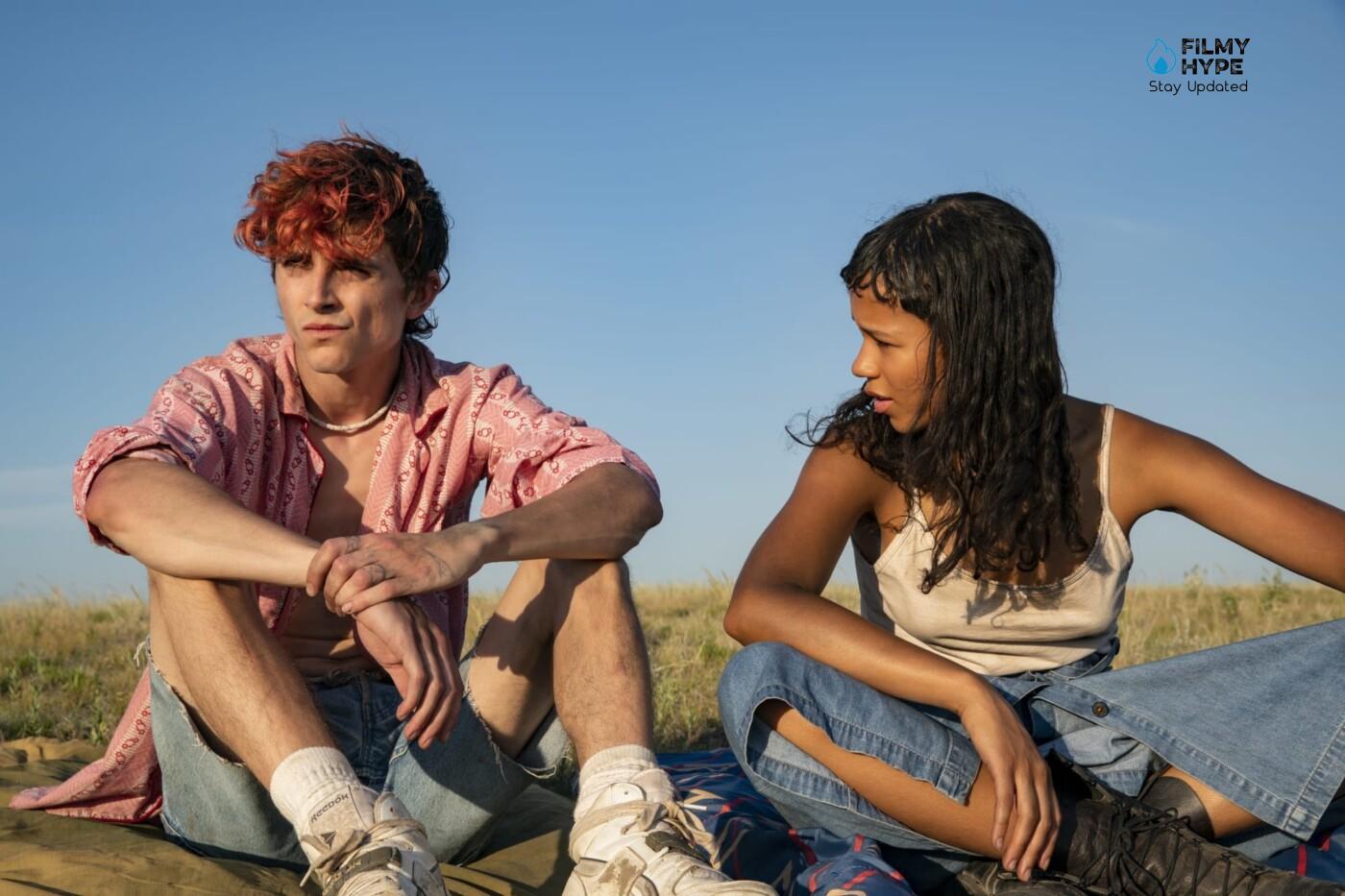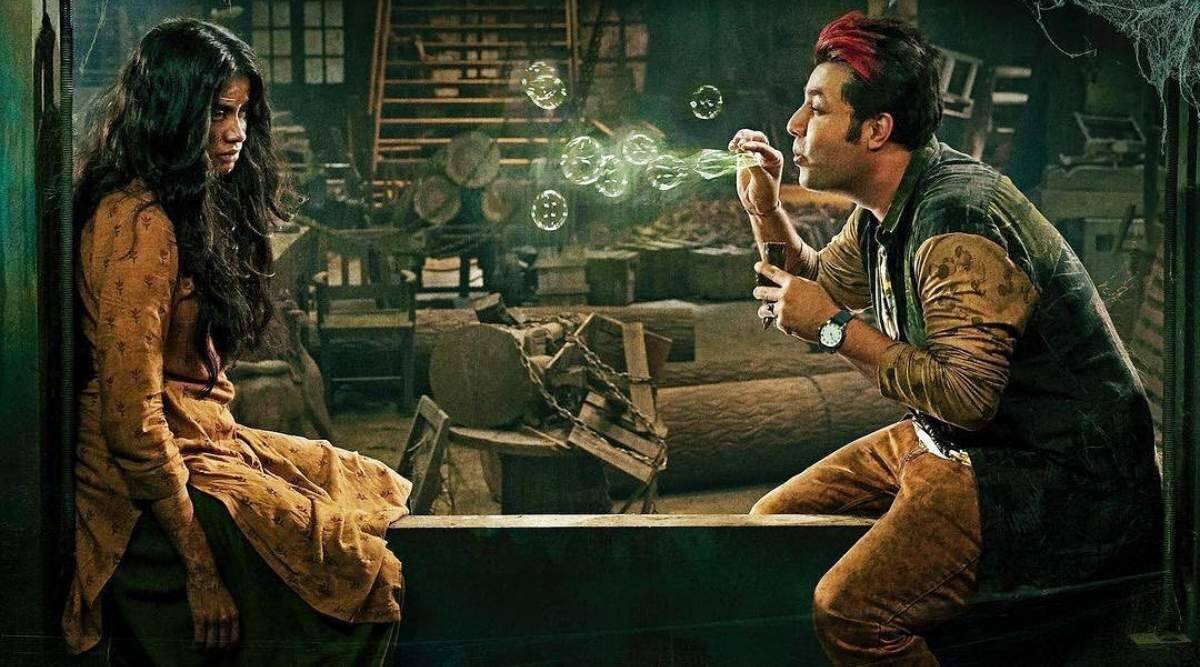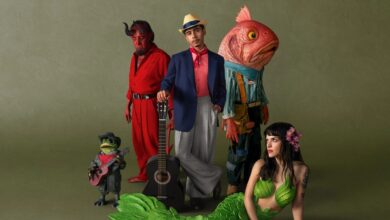Bones and All: The Differences Between the Book and The Film by Luca Guadagnino
Bones and All by Luca Guadagnino has finally arrived in cinemas, after its passage into competition at the Venice Film Festival 2022. The film, starring Taylor Russell and Timothée Chalamet, is based on the 2015 novel of the same name by the American writer Camille DeAngelis. In this article we will try to analyze the differences between the Bones and All book and film, evaluating the changes made to the screenplay by Luca Guadagnino and his right-hand man David Kajganich, with whom the director has been collaborating since A Bigger Splash.

The guidelines of the novel and the adaptation of Bones and All are the same: we follow the journey of Maren (Taylor Russell), a young girl abandoned by her family, who must try to come to terms with a monstrous defect from birth: cannibalism. In what becomes a real road trip across the United States, Maren comes into contact with other outsiders with whom he shares this irredeemable physiological condition, such as the young and intriguing Lee (Timothée Chalamet) and the old and creepy Sully (Mark Rylance). In both versions of the story, Maren will have to live with her demons and get to know each other fully; however, this path of introspection into the self takes place in different ways in the two media.
Bones and All: The Relationship with The Family
Many of the differences between the book and the film involve Maren and Lee’s relationship with their respective families. In Camille DeAngelis’ book, Maren spent her childhood with her mother, and it is precisely from her that she is abandoned at the age of sixteen, prompting her to track down her never-known father to find more answers on the nature of cannibalism. In the film, however, Maren is raised by her father (André Holland) and travels to Central America to meet her mother, played by Chloë Sevigny.
Lee’s backstory is also slightly different than Guadagnino’s film. What the film becomes an essential trait of the figure of Lee and his approach to cannibalism – having killed his father, also an eater – is a detail that is missing in the novel, where the reader’s attention is shifted more to what else about the difficulties that Lee’s true nature has given birth to in the family and the stormy relationship with his mother and sister.
Sully’s Character
Maren’s bond with Sully is also treated differently in the film: in both cases, the character is presented as hovering between the figures of an empathetic mentor and an ominous antagonist. In DeAngelis’ novel, however, it is revealed that he is Maren’s grandfather, a detail that has been completely omitted. For the rest, how the encounters between the two-take place are practically the same and Sully retains in both versions perhaps the most characteristic trait of him: the human braid, made up of the strands of hair he takes from his victims.
The Meaning of Cannibalism
In Camille DeAngelis’ book, Maren’s cannibalism mostly has to do with her approach to love and intimacy. From the babysitter who ate herself as a child, or the person with whom she spent most of the time, to the first crushes eaten at summer camps or during afternoons spent together doing homework, the novel reveals how cannibalism takes over Maren’s psyche in the form of an irrepressible impulse that makes her eat the people she cares about or gets attached to. On the contrary, in Guadagnino’s film, Maren’s cannibalism is not connected to the sphere of physical and emotional attraction, but it is a compulsive hunger that unites all the eaters.
Furthermore, reading the cannibalism in Guadagnino’s film from another perspective could also be seen as a metaphor for queerness. Both Maren and Lee are presented to us as sexually fluid: naturally, it is not something that is made explicit to us, but we have to grasp its nuances, which can be seen above all in the clothing and character design of the characters, as well as how they approach the various victims. If we then think of the period in which the film is set, i.e. the United States of the Reagan era, we can establish further connections between the journey of Maren and Lee and the spread of homophobia around the AIDS crisis.
The love story between Maren and Lee
Luca Guadagnino’s film, as we explained to you in our review of Bones and All, focuses purely on the love aspect of the bond between Maren and Lee, approaching the teen drama genre in terms of tones and dynamics. In Camille DeAngelis’ book, although an undeniable close relationship is established between the two boys, it is never hinted that they can be considered engaged, so they do not consume a physical relationship until the end of the book when Maren eats Lee. The director himself instead affirmed during the press promotion activities that, in his adaptation, he was much more interested in “the possibility of loving within the nature of these people “. “Maren and Lee love each other so deeply, but…they are so brutalized by their lives that they can’t find the possibility to live love,” said Guadagnino. “For me, this feeling has some correspondence with everything. It happens to all of us“.
The Meaning of The Title: “Bones and All”
Let’s move on to one of the most significant changes that the film adaptation has made to the plot of Bones and All. In the novel, the eaters consume every viscus of their victims’ bodies: hence, derive the title “bones and all”, until to the bone. However, rather than focusing on the description of the cannibal act, the author leaves room for the characterization of the carnal desire that the eaters feel before the act and what they feel afterward, after a full meal. Luca Guadagnino has decided to show a little more of the body horror that accompanies feral acts, showing us how they tear flesh with their teeth, tearing it away from the bones and then disposing of the corpses. In the film, however, we discover that for Maren and Lee the total consumption of a body is impossible, something they had never thought about before their encounter in the woods with the cannibal Jake (Michael Stuhlbarg), which opens up new possibilities for them. He asks the boys if they have ever eaten a full meal, describing the act as a sort of rite of passage with almost spiritual connotations for the eaters. This new take on bones and comes from the mind of the film’s screenwriter, David Kajganich.
Together with the director Luca Guadagnino, the creative team decided to rework the concept of the bone to turn it into something more like talking about true love to a teenager. Thus, it becomes a particularly abstract concept, which the very young Maren and Lee – forced to live in isolation without ever being able to truly bond with anyone – consider improbable. They may not think that there is a person with whom it is easy to get in total harmony, who can see them, accept them, and love them, but they have not realized that this is exactly what they will become for each other. It is up to the audience to decide at the end of the film whether Maren and Lee’s relationship has evolved to that point, whether the young protagonist has eaten the full meal as a symbol of all-encompassing love.
The Ending of Bones and All
As we saw in our explanation of the Bones and All ending, there are differences between how Maren’s journey is unfolded in the film versus how it is told in the book. In both cases, Lee dies, but it changes the dynamic completely: in DeAngelis’ book, this is because Maren eats him after he makes physical advances on her – as we know, Maren’s cannibalistic urges tend to explode when the concept of physical attraction and love bond is called into question. Conversely, in the film, Lee is reduced to death after trying to save Maren from Sully, who attacked the young woman. In his final moments, Lee begs Maren to eat him to the bone, to eat the full meal – a concept Jake introduced them to in the forest – essentially making him a part of her.
After Lee’s death, the novel ends with Maren trying to rebuild her life but falls victim to her impulses when a man insistently approaches her. Instead, Guadagnino and Kajganich chose to take the story into a different dimension and encapsulate the concept of the bone in a shot of Maren and Lee holding each other in a grassy expanse, a reference to the fact that Lee will always be part of Maren.






